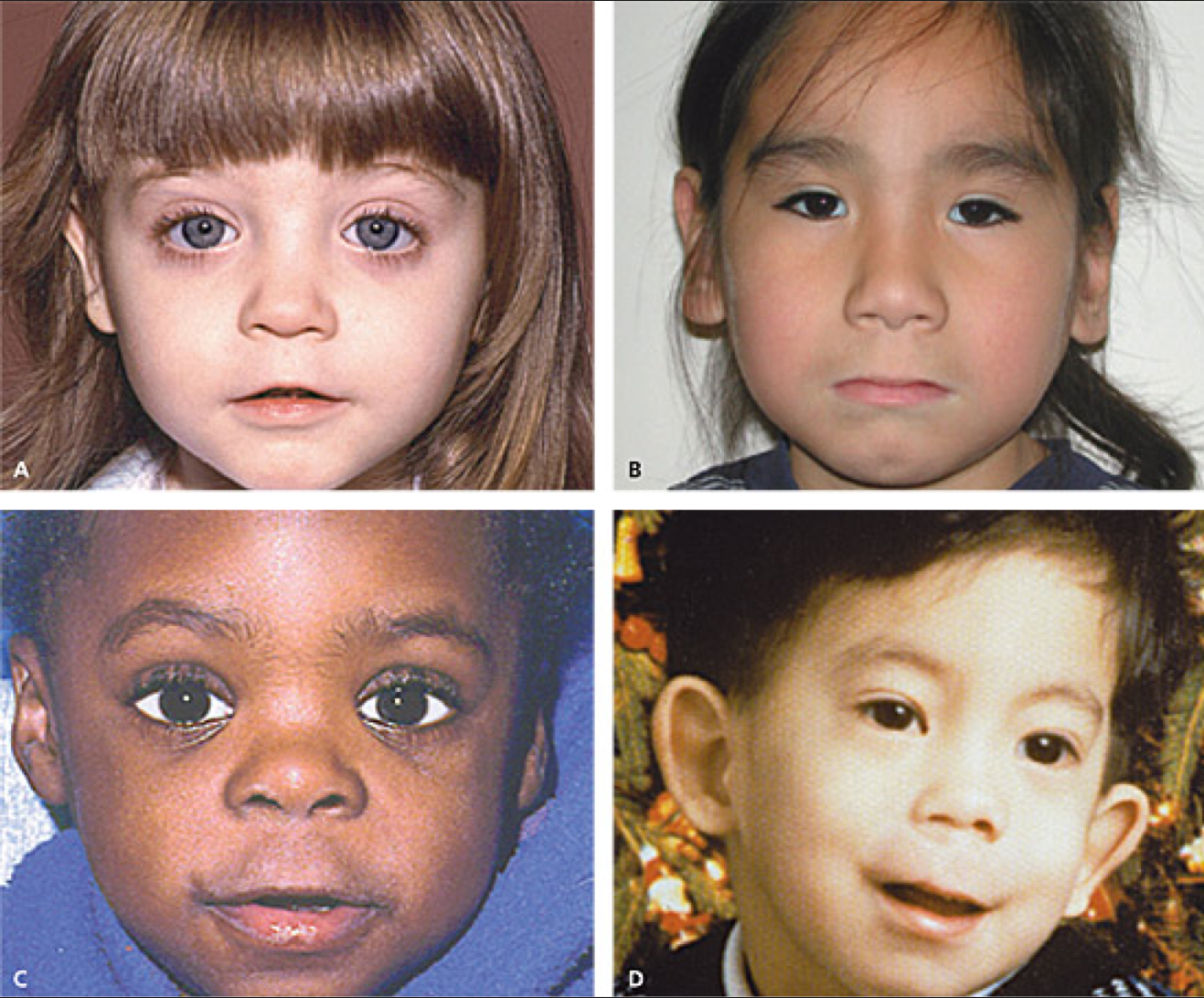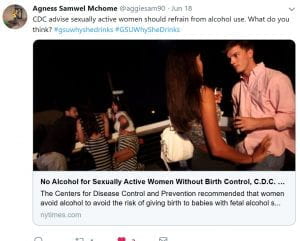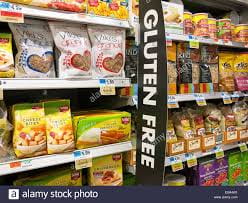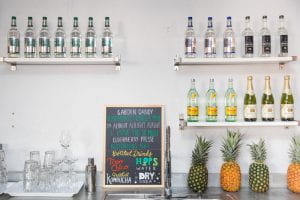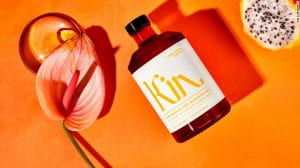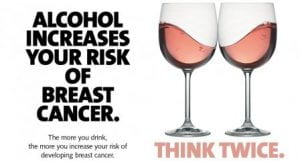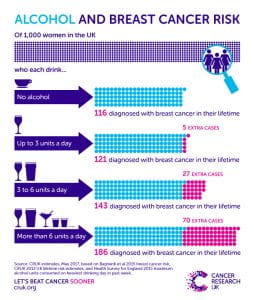Six weeks ago, I had one of the worst days of my life. I had just gotten back from a fantastic anniversary trip with my husband the day before. My parents had been strangely insistent that I call them the day after we got back. It’s not unusual for me to call them after a trip to let them know we made it back safe and share some of the high points with them. But this time they seemed a lot more persistent than normal. When I did call on that pretty spring Sunday, my mom cut me off in the middle of me enthusiastically describing a park we had visited on our trip. “We have to tell you something,” She said, “I have breast cancer”, and just like that, every ounce of oxygen left my body. It took me weeks to start to begin to wrap my head around it. In those weeks, I did the one thing everyone tells you not to do. I looked my mom’s cancer up on the internet. I dug through articles, papers, statistics, and survival rates. Looking for an answer to the question we’ll likely never be able to answer, why my mom?
Imagine my shock one day in class to learn that after all my weeks of research, I came across something new. Alcohol has been linked to breast cancer. In all of my hours of research, I had read nothing suggesting that alcohol could be a risk factor for breast cancer. Now, my mother has never been much of a drinker not even in her younger, more explorative years, so it’s likely not the cause for my mom’s cancer. But I’ve always enjoyed a nice beer or 2 and, like millions of college-aged women, had enjoyed more than a few too many at one time or another. Maybe it’s because now that I have a history of breast cancer from not only my mother, but my paternal grandmother who had been diagnosed at just 37 years old and I have been forced to acknowledge my very real risk of developing breast cancer one day myself. But this hit me particularly hard.
An entire month every year is dedicated to breast cancer awareness. Famous athletes wear pink, millions of people march and run thousands of miles every year to raise money for breast cancer research. Breast cancer is the second most common type of cancer among women and the second leading cause of cancer death among women. It’s estimated that over 200,000 women in the U.S. will be diagnosed with breast cancer just this year. Yet despite all the information about breast cancer awareness and prevention screening, in a recent survey in the UK only 20% of the 205 women undergoing cancer treatment who participated knew that alcohol was a risk factor for breast cancer. Things aren’t looking much better in another survey conducted in the US which found 70% of Americans also did not know that drinking alcohol was a risk factor for breast cancer.
This begs me to ask this question, if all the pink ribbons, charity walks, billboards, bus signs, and tv commercials aren’t teaching us about the risk alcohol poses to women, what else can we do? A valuable, and perhaps obvious, the first step could be to increase and improve education. A woman’s physician is her best weapon in this never-ending battle against cancer. They could provide women with more comprehensive education about the risks of breast cancer at their yearly checkups. Breast cancer screenings and visits for breast cancer symptoms also provide some of the most teachable moments. Women are likely more open to this information when the threat seems so near. It wouldn’t take much, just 5 minutes at the beginning of their visit highlighting the biggest risk-factor and prevention methods.
Starting education even earlier seems like the best way to prevent more cases of breast cancer. We all remember those horrifically uncomfortable sex education classes, even if we wished we didn’t. What if we started educating girls on the risk of drinking alcohol for breast cancer when they are the most likely to start experimenting with alcohol? Maybe they wouldn’t listen. Maybe they’d just roll their eyes and turn away. But maybe it would plant a seed. Maybe if they’re presented with the evidence often enough, they’ll think twice before having their next drink. Maybe a few with family histories of breast cancer like me would decide it wasn’t worth it. I’m not 14 or 21 anymore, and I can’t speak for everyone, but even a craft beer enthusiast like me is opting for water or tea a lot more than I used to, before I knew.

